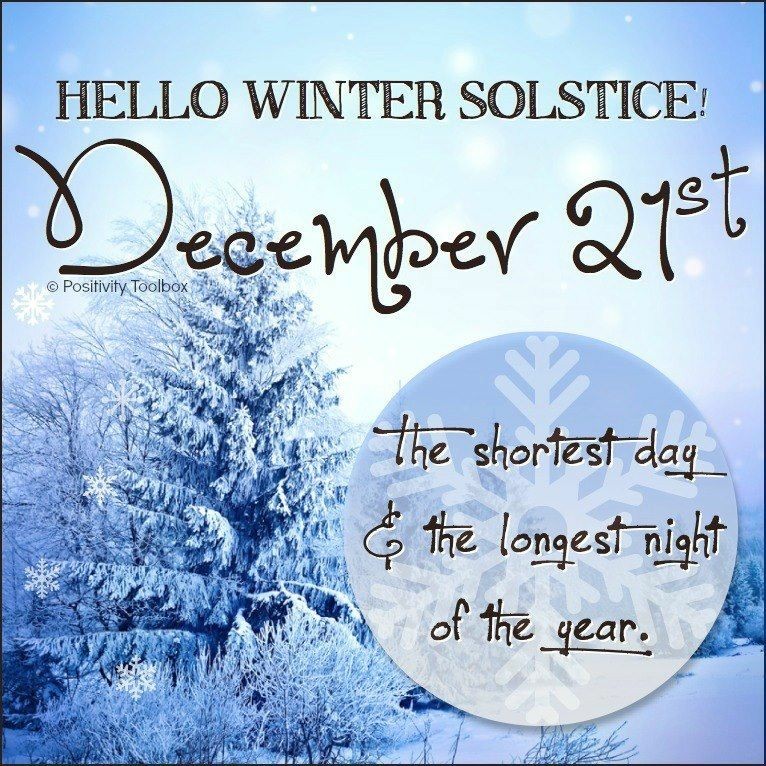Winter Solstice
By Steffen Klenk
What do you think of when you hear the word Solstice? The word Solstice is a Latin word meaning “sun stand still.” Several days before and after the solstice, the sun will appear directly over the Tropic of Capricorn in the Southern Hemisphere before moving in a northerly direction. This phenomenon is also known as the “turning of the sun.”
Celebration of an ancient solar holiday, the solstice is of scientific and spiritual significance throughout our history and the world. American Indians celebrate by performing the Sioux dance, a ritual that takes place at sunrise and sunset to symbolize the connection between heaven and earth to signify new life. There are as many cultures as there are ways to make offers to this solar holiday. The Winter Solstice is set to occur in our Northern Hemisphere on Thursday, December 21st at 11:28am.
The Solstice transpires twice each year as an astronomical phenomenon. It marks the day with the shortest and longest periods of daylight and the longest night of the year, The Solstice is recognized twice, on the longest and shortest days of the year. We designate these two days as the First Day of Winter and Summer.
In Ancient times, people would make offerings as the sun set to establish the sun’s return the following day. Offerings for the Winter Solstice can be created by decorating an outdoor edible tree for birds, animals and nature. Hanging peanut butter pine cones, halves of apples filled with bird seed, popcorn strings and cranberry are fun family traditions. Clove orange pomanders can be gifted and enjoyed for their spicy aroma and offers the entire home the smell and warmth of the holidays.
December is one of the best months to catch celestial events first hand. Keep your eyes on the night sky for the return of the Ursides meteor shower. Named after its radiant point, Ursa Minor, Ursides was discovered in the early 20th century. The Ursides meteor shower occurs annually between December 17th and 25th, is expected to peak on the evening of Saturday, December 23rd. Weather permitting, stargazers may be able to witness upward of ten meteors per hour, and you will not need any special equipment to witness this event.
As we enter the New Year, be on the lookout for the Quadrantids meteor shower, which will peak in the early morning hours of January 4th. Unfortunately, you may not have luck seeing the brightest meteors this year due to a full moon, but carry your patience with you. At its peak, Quadrantids can produce up to forty meteors an hour! The next Supermoon will occur on January 2nd, and you may notice that it will appear brighter and larger than normal. That is because the moon will be at its closest distance to Earth.
I hope that your celebration of the Winter Solstice is filled with joy and activities as a way to welcome the new season.







2 Responses
Very informative article. Job well done!
Nice article! I love the blend of science and traditions. And happy holidays to you!